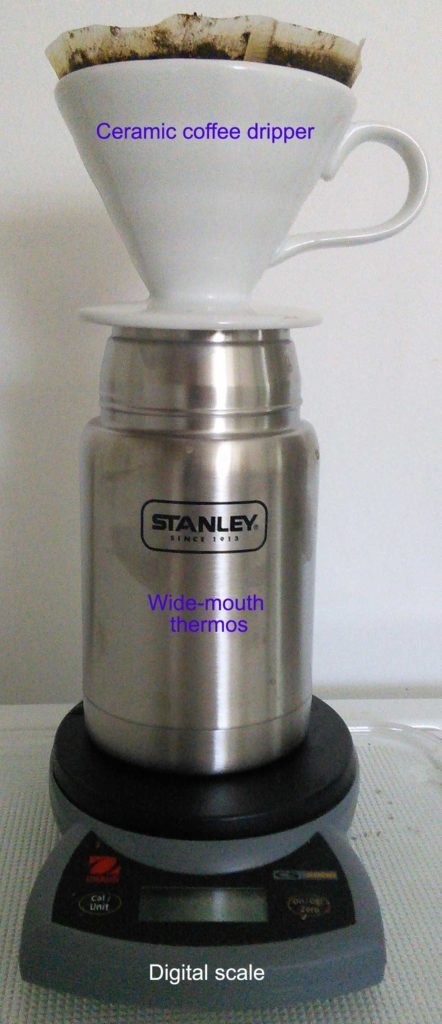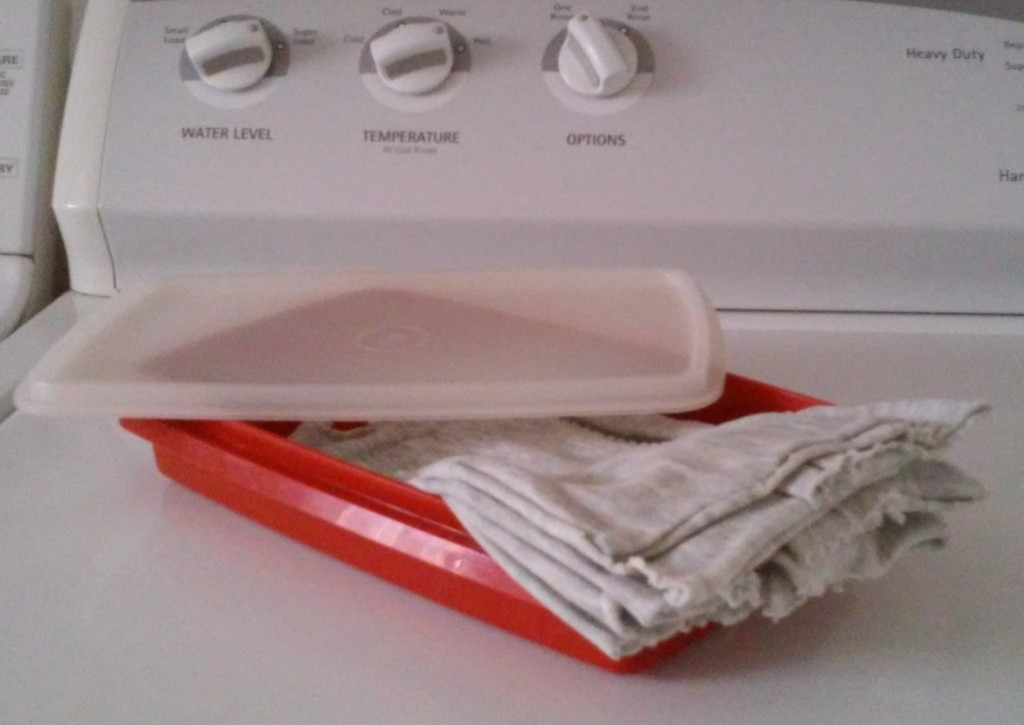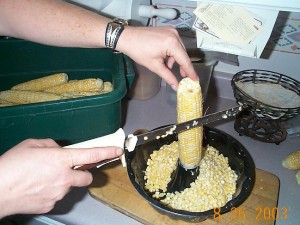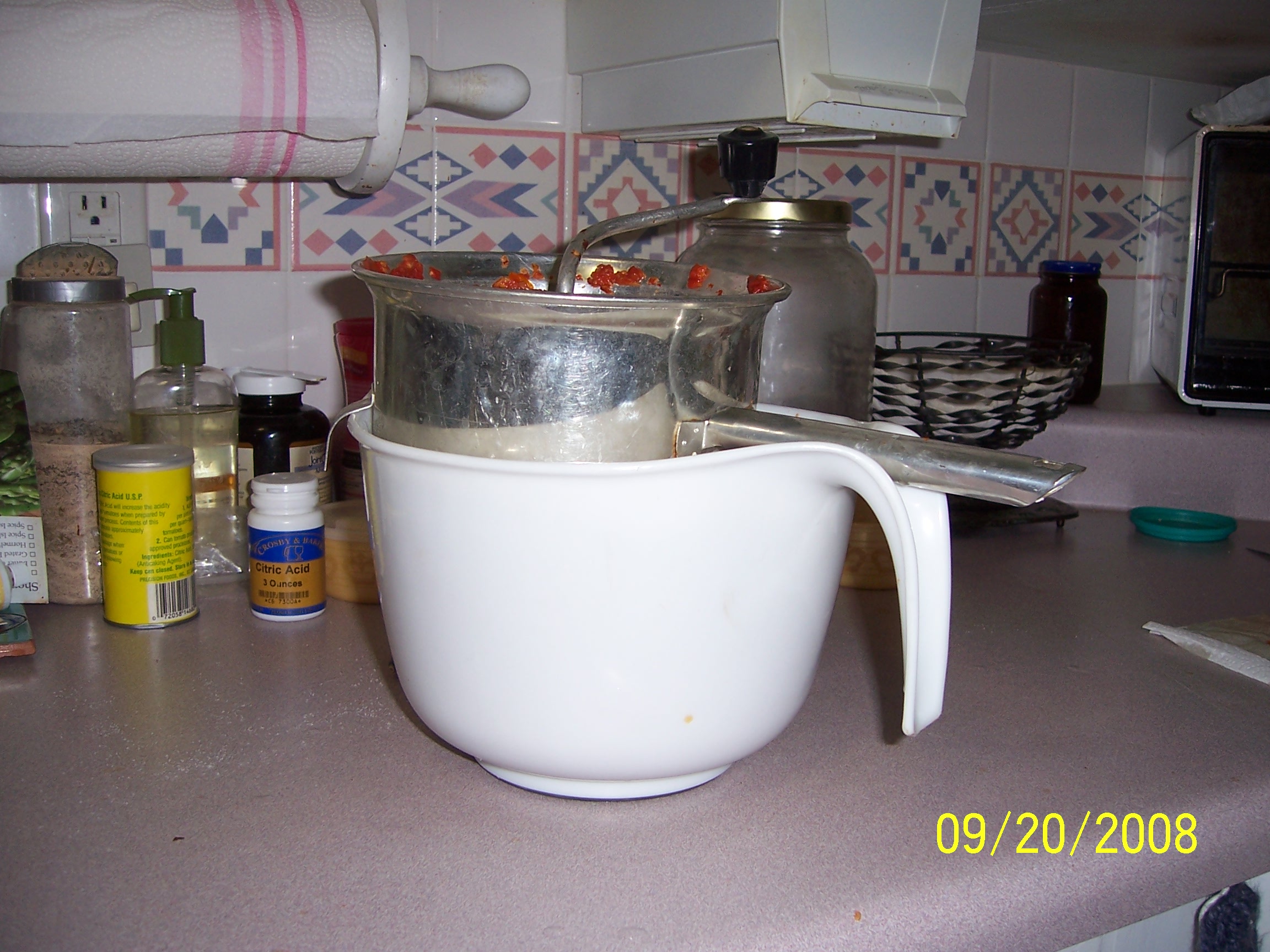 I am a huge fan of really good coffee. But I live 10 miles from a Starbucks, and I’m too frugal to pay Starbucks prices for my daily cups of joe. I had seen Pueblo’s local Solar Roast Coffee guys offer samples of their brewed coffee in SamsClub using a pour-over method, so I knew that a really good cup of coffee didn’t require huge sophisticated equipment. So I decided to knock off one of my New Year’s resolutions: learn to make a really good cup of coffee.
I am a huge fan of really good coffee. But I live 10 miles from a Starbucks, and I’m too frugal to pay Starbucks prices for my daily cups of joe. I had seen Pueblo’s local Solar Roast Coffee guys offer samples of their brewed coffee in SamsClub using a pour-over method, so I knew that a really good cup of coffee didn’t require huge sophisticated equipment. So I decided to knock off one of my New Year’s resolutions: learn to make a really good cup of coffee.
I drink decaf coffee and have been buying relatively good beans for a long time and grinding a week’s supply in a good quality burr grinder. Good decaf beans that are affordable are hard to source, and I wanted a regular supply to appear magically in my mailbox every month. So I set up a Subscribe & Save order with Amazon for 2 lb of San Francisco Bay decaf espresso roast coffee.
But that didn’t yield a really good cup of coffee using my trusty Mr. Coffee 4-cup coffee maker. So I needed to change the way I make coffee in addition to the coffee itself. I needed to brew coffee manually.
I researched different pour-over methods of making coffee, including French Press and Chemex. I already had a French Press from bygone years, and I still couldn’t get a good-tasting, non-gritty cup of coffee from it. Chemex machines were expensive, even the knock-offs. One of the comments in a Chemex review suggested that all I needed was a porcelain dripper and an understanding of the v60 brewing method.
I now have a perfect set-up and am producing 3 cups of rich, mellow coffee every morning without much more work and in about the same time it took the automatic coffee maker. Here are the ingredients:
- Mecraft ceramic pour-over coffee dripper $10.99
- Hario coffee paper filters, 200, $11.30
- Stanley wide-mouth thermos, 24 oz. $21
- Capresso Infinity burr coffee grinder
- A digital kitchen scale
I am adjusting the method described in the v60 Pourover Brew Guide to suit my preferred coffee strength. The whole process takes only 4 minutes. Here is my method:
- Put the electric teapot on to boil.
- Grind the coffee—just enough for one batch.
- Pre-warm the thermos with hot water from the tap.
- Insert a filter into the porcelain dripper.
- Use the water from the thermos to pre-wet the filter.
- Place the dripper over the wide-mouth thermos. The thermos will keep the brewed coffee hot all morning.
- Put the dripper and thermos on the scale.
- Add the ground coffee to the filter.
- Tare the scale to zero.
- Pour about 100 g of just-off-the-boil water over the coffee in the filter and wait 30 seconds to allow the coffee to “bloom.”
- Pour the rest of the water into the filter, in 100-g batches, using a steady circling motion.
- After all of the coffee has dripped through (it takes about 3 minutes), remove the porcelain dripper, pour your first cup, and cap the thermos.







